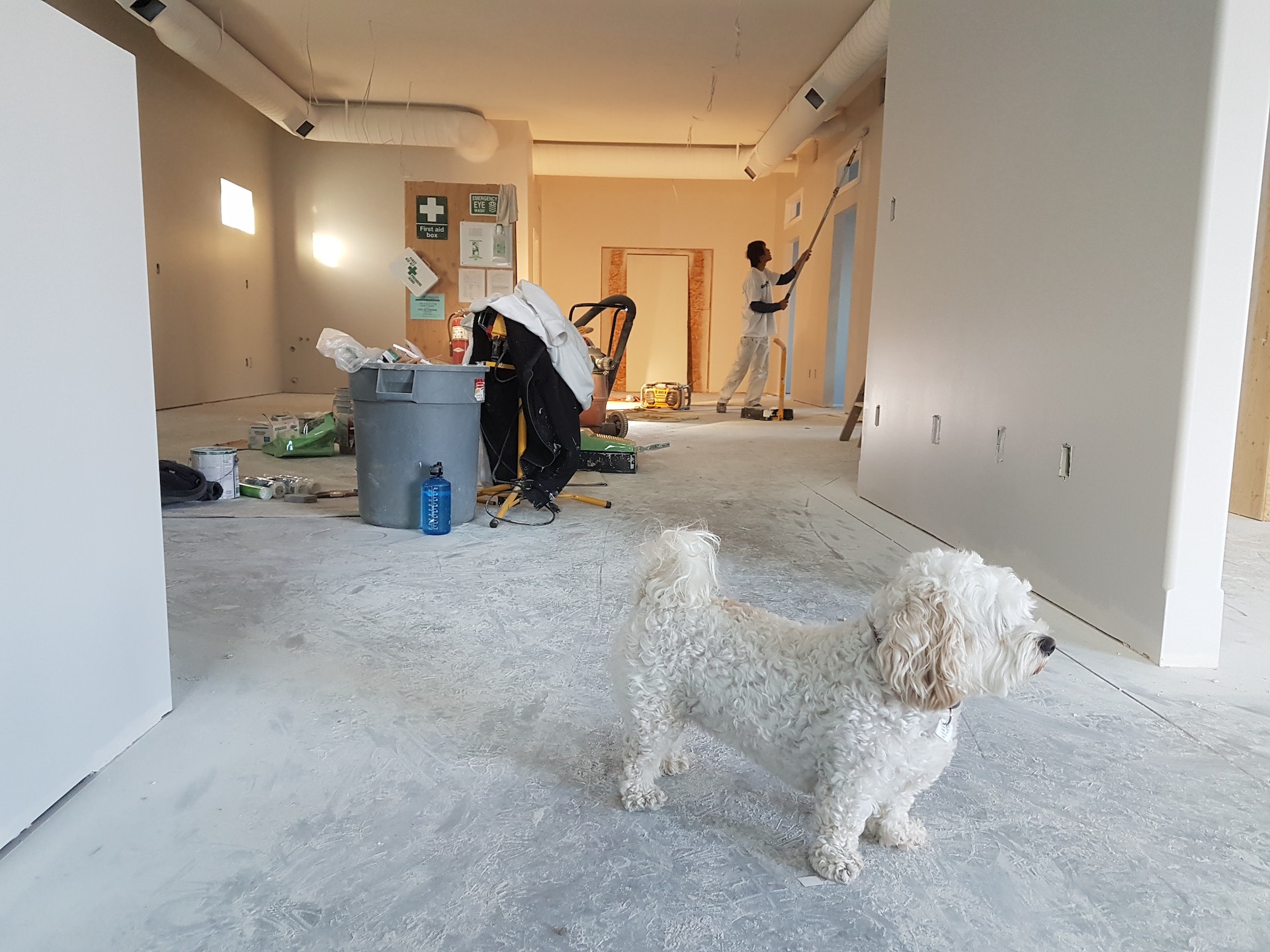A concerted move forward to a greener future is, finally, becoming a topic that more and more homeowners around the world are resonating with.
There are an endless number of ways to help reduce your personal carbon footprint, from recycling, reducing waste, and reusing what you already have to carefully choosing the materials you intend to use in building projects.
If you are preparing to, or are indeed in the middle of, your own home renovation, then here are the best sustainable materials to use.
Aluminum
First and foremost, from larger pieces of furniture to small home décor items, aluminum is an environmentally friendly choice and will seamlessly fit into any room.
Aluminum is known as the ‘green metal’ as it is the most recyclable of all the industry metals. Leading experts in beautiful, stylish, and sustainable aluminum products, such as an aluminium bifold door for example, will provide a full and detailed quote on a tailormade and fully fitted bi-folding door, regardless of the shape or size of the space.
Steel
If you're looking for durability and sustainability in your renovation, consider installing steel doors. Not only are they incredibly sturdy and energy-efficient, but they are also recyclable, making them an eco-friendly choice for homeowners focused on sustainability.
Bamboo
For a more entirely natural choice, bamboo is both hardy and fast-growing. It is, therefore, a highly sustainable crop and can either be the natural bamboo color or a darker shade if you choose carbonized bamboo.
This beautiful and decorative material can be used in anything from the front of your kitchen cabinets to flooring and even bathroom and kitchen countertops. When looked after and regularly cleaned, it can last a lifetime.
Lime Plaster
One slightly less well-known material is that of lime plaster, which can essentially replace traditional cement plaster. What is more, when involved with the renovation of a listed or particularly old building, this could actually be in keeping with the age of the building.
There are many benefits to using lime plaster, including the breathability of the material due to the substance being effective in drawing out moisture from the structure. Two different types of lime plaster are the ones most widely used in renovation projects: Hydraulic Lime Plaster and Non-Hydraulic Plaster, with both types always applied in a three-coat system.
Cork
Now, to turn your attention to home décor items necessary for your home renovation. Obviously, as you are someone who is ethical and committed to a sustainable project from start to finish, you should look to reduce, reuse, and recycle wherever you can.
However, you are entirely allowed and deserving of treating yourself to some new trinkets and treasures, too. Often cited as the ‘sustainability superstar,’ as long as you make sure you buy any cork products from a reputable and renowned supplier who is sustainably accredited, then you can be sure the cork has all been harvested sustainably.
Linoleum
Now, when you think back to when you wanted to decorate your first flat or house, chances are that you were on a budget, and as such, you may well have made a less than sustainable choice and gone for plastic lino.
As long as the floor you are looking to cover does not have underfloor heating, your new sustainable self could choose genuine linoleum, which is an entirely natural product consisting of cork, sawdust from wood, linseed oil, and ground limestone.
